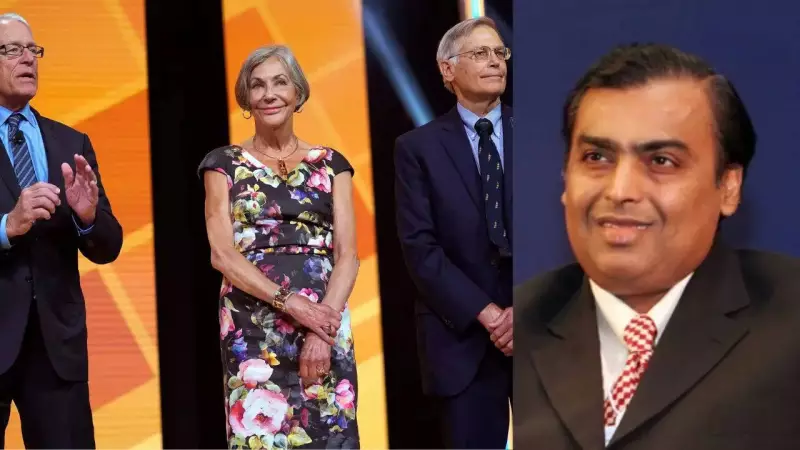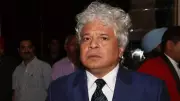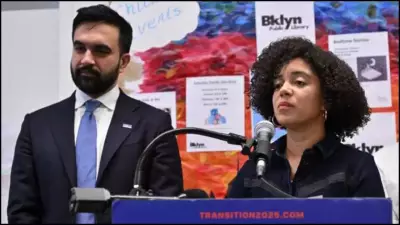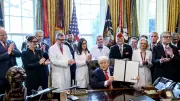Politics
3 Naxalites, Including Woman, Killed in Sukma Encounter with Security Forces
A woman among three Naxalites was killed in an encounter with security forces in Chhattisgarh's Sukma district on December 18. Police confirm the operation was based on specific intelligence.
Business
3 Pillars of Trading Success in India's Dynamic Stock Market
Discover the three essential principles—Strategy, Risk Management, and Psychology—that form the foundation for sustainable trading success in India's rapidly evolving stock market. Learn how to navigate volatility and build discipline.
World
Zohran Mamdani Appointee Quits Over Antisemitic Posts: Key Member Resigns
Catherine Almonte Da Costa resigns from Zohran Mamdani's team after Anti-Defamation League exposes old antisemitic posts on X. She apologizes for the 'harmful' statements.
Entertainment
Honey Trehan on Film Industry Work Hours: 'It's Subjective, Not a Big Deal'
Director Honey Trehan weighs in on Bollywood's work hour debate, calling it a 'subjective' issue. He and actress Chitrangda Singh share insights from the set of 'Raat Akeli Hai: The Bansal Murders'. Read more.
Sports
Lifestyle
Health
Delhi roads see less traffic after GRAP-4 implementation
Delhi government reports a significant reduction in vehicular movement following the imposition of GRAP-4 anti-pollution measures. Read the full impact assessment here.
Six Kids Get HIV from Tainted Blood in Satna; 3 Suspended
Madhya Pradesh govt suspends three, including blood bank in-charge, after six children contract HIV via transfusion in Satna. Read the shocking details and official action.
David Caprio's Skin Cancer Scare: A Vital Warning
David Caprio, son of Judge Frank Caprio, shares a chilling skin cancer biopsy story. Learn about skin cancer risks, types like melanoma, and crucial prevention tips to protect yourself and family.
2026 New Year: Rahu Transit & 3 Key Remedies
As 2026 begins with Rahu in Shatabhisha Nakshatra, discover three simple lifestyle changes to mitigate negative effects and harness positive energy. Act now for a transformative year.
CBI FIR in Rs 1.14 Cr PGIMER Chandigarh Patient Fund Scam
CBI investigates a Rs 1.14 crore scam at PGIMER Chandigarh where funds for poor patients were siphoned using fake bills. Read the full details of the alleged fraud.
Technology
Get Updates
Subscribe to our newsletter to receive the latest updates in your inbox!
We hate spammers and never send spam









































